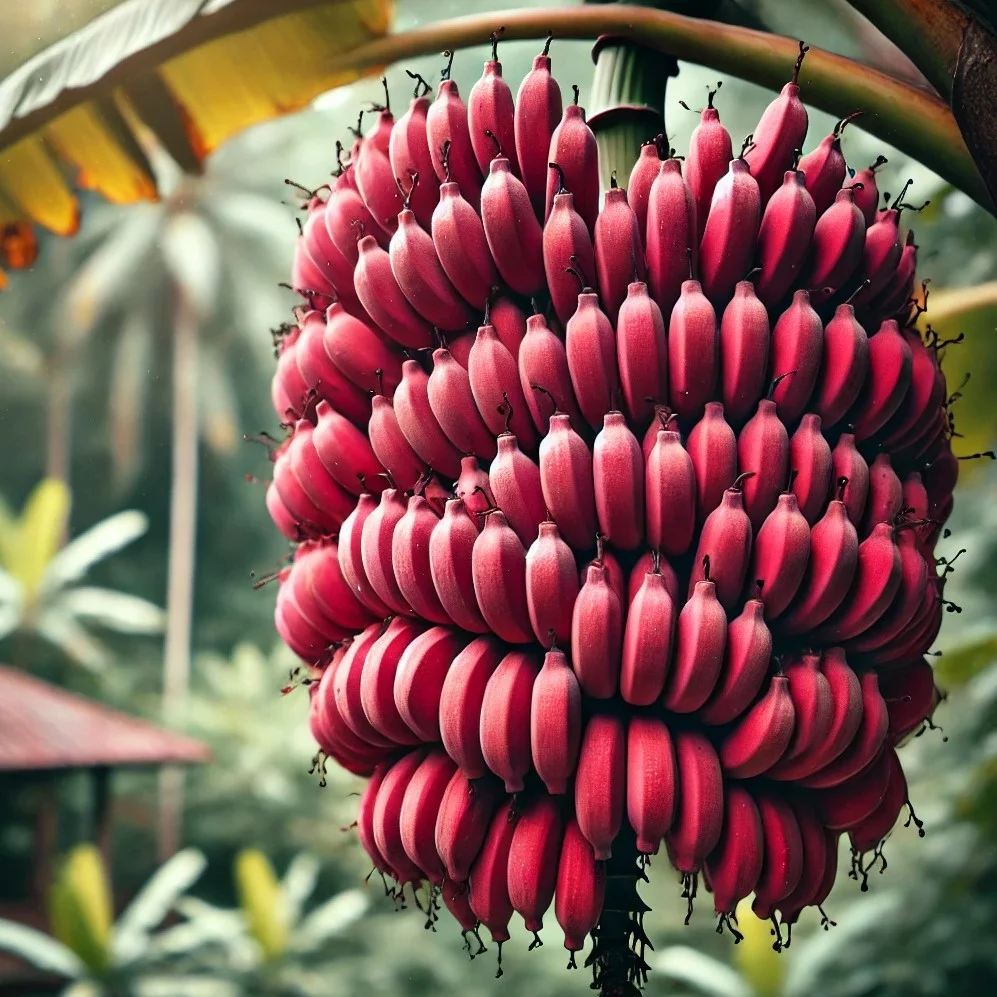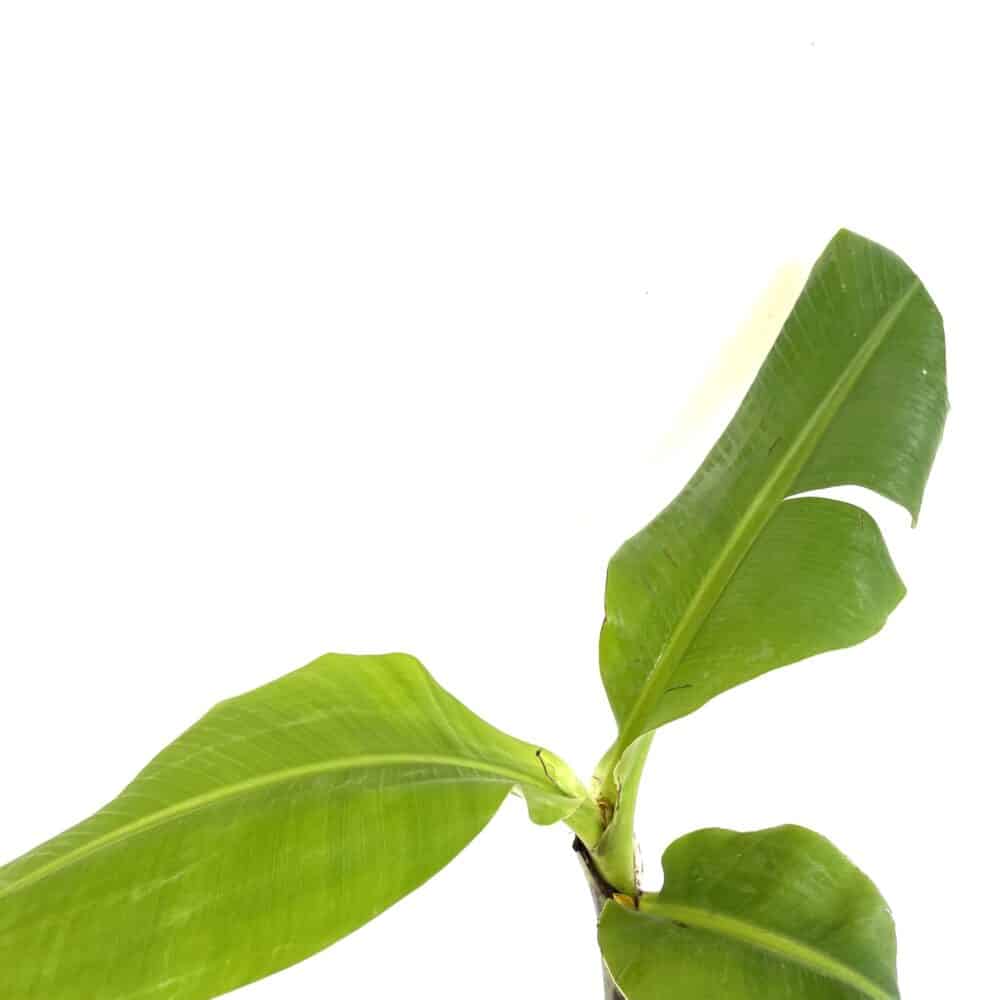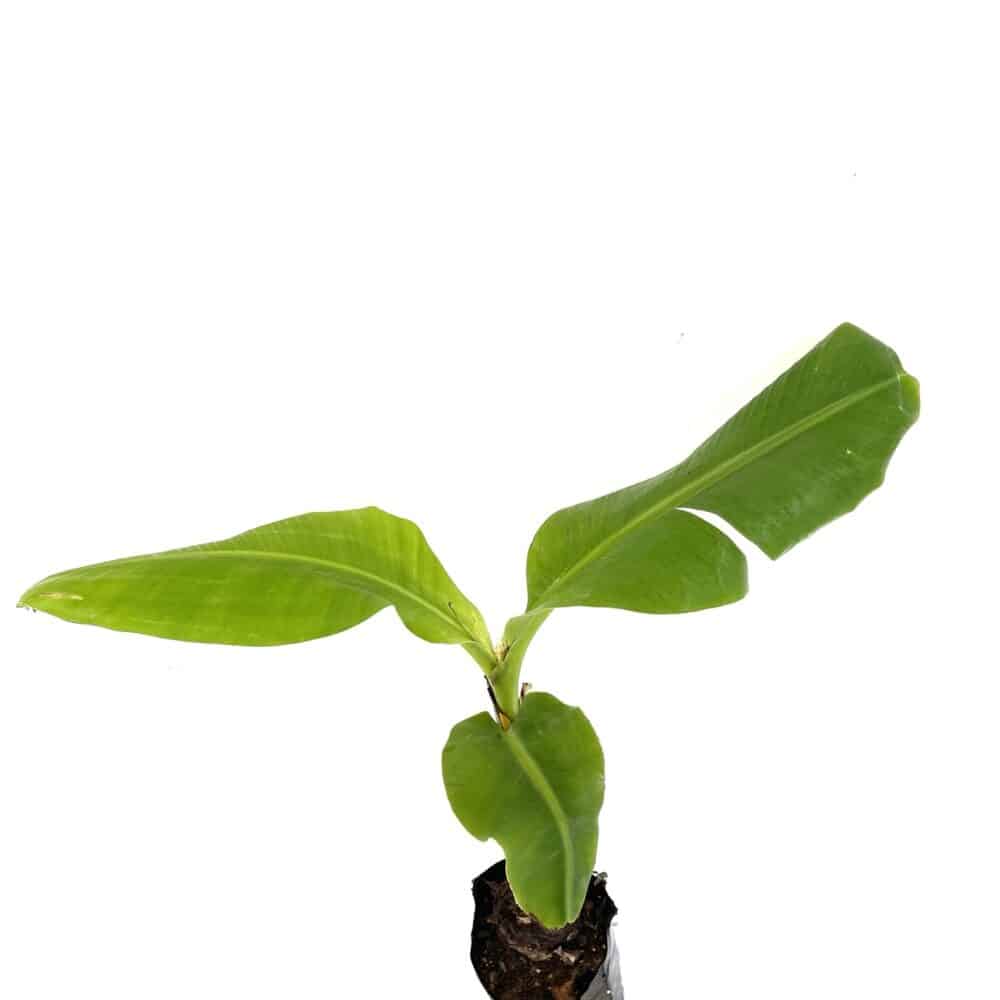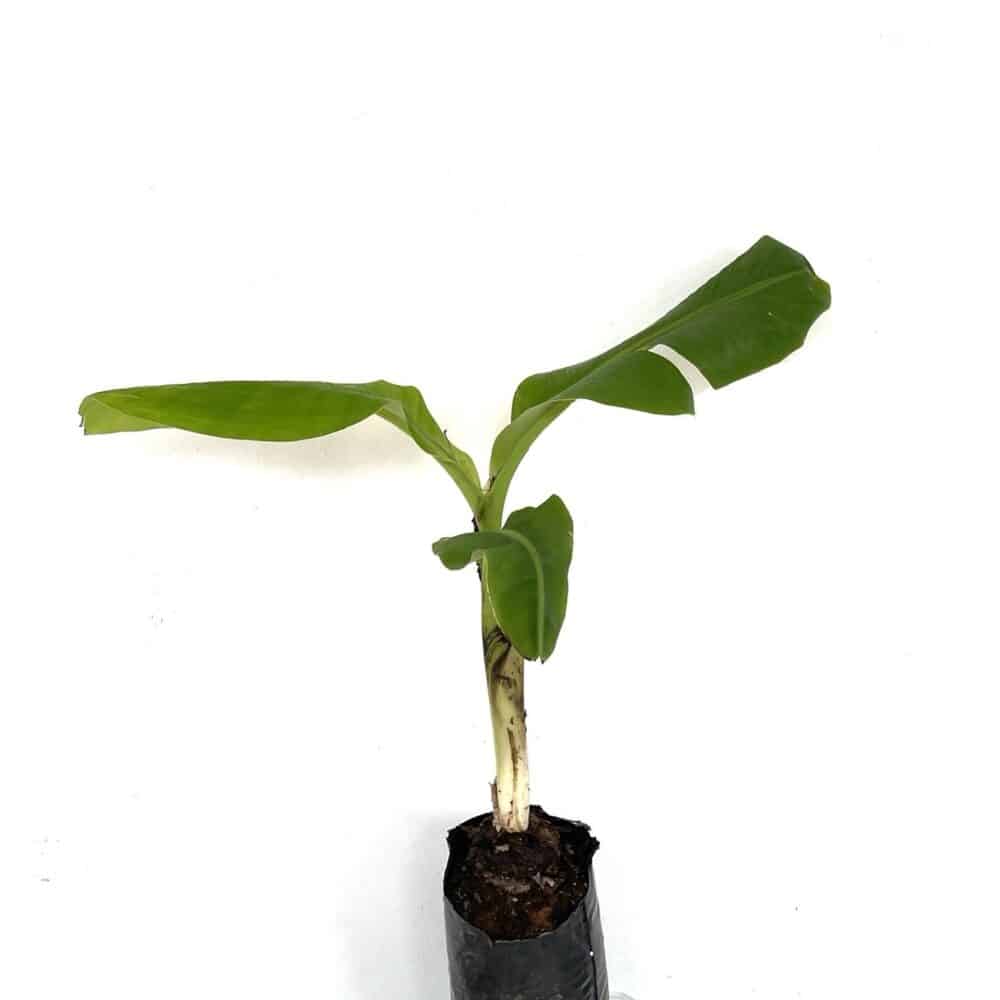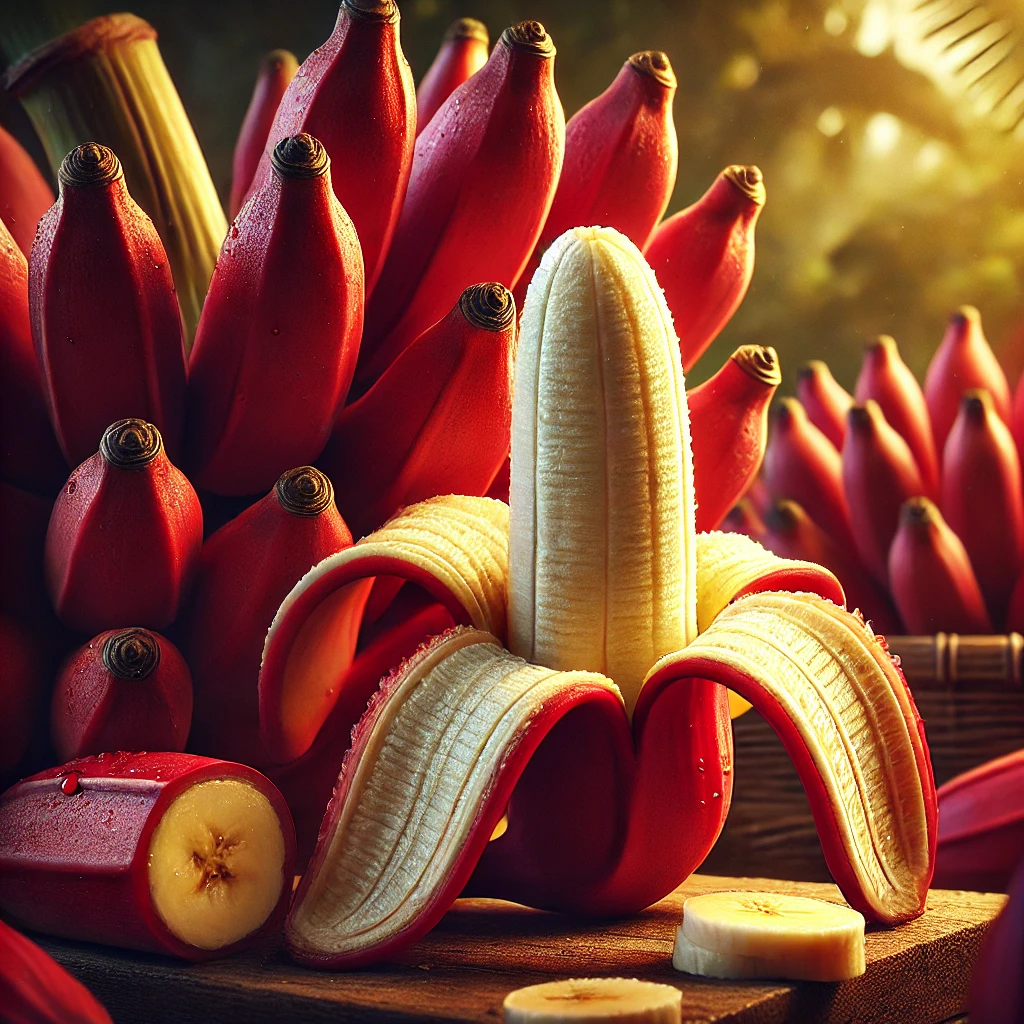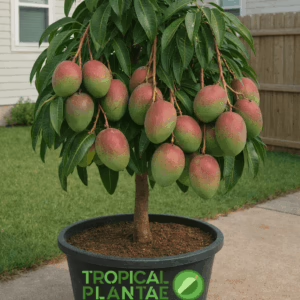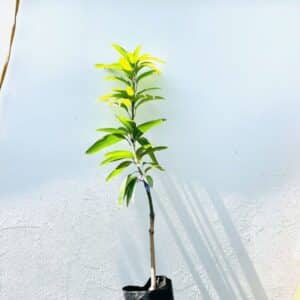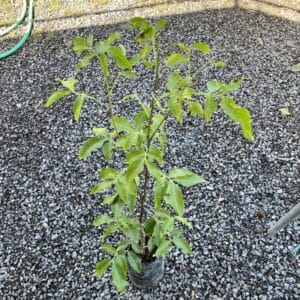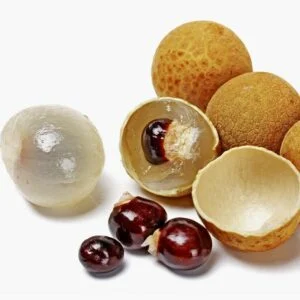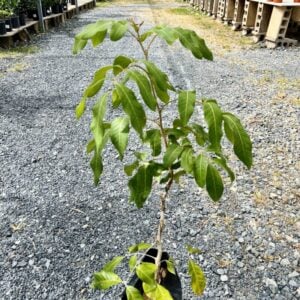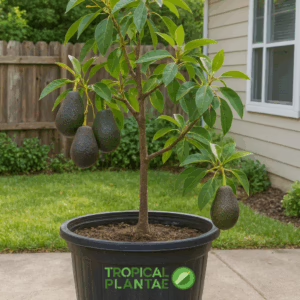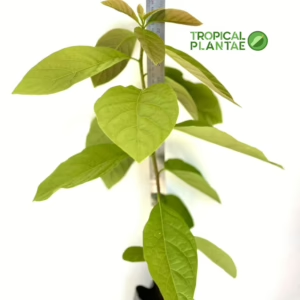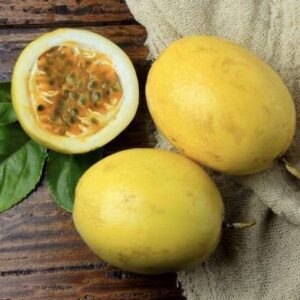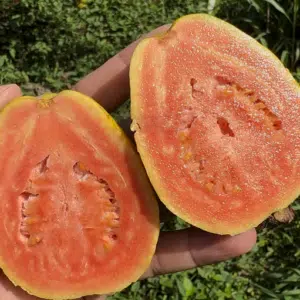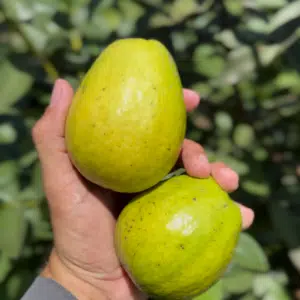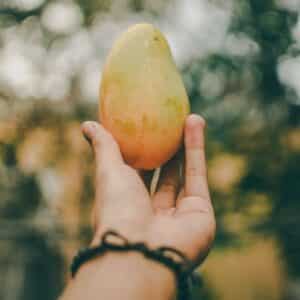






Red bananas (Musa acuminata ‘Red Dacca) live fruit tree
$60.00 Original price was: $60.00.$44.99Current price is: $44.99.
Red bananas (Musa acuminata ‘Red Dacca) are a truly extraordinary fruit. Their vibrant red hue captures attention, while their flavor tantalizes the taste buds with a delightful blend of sweetness and slight tartness. Packed with essential nutrients, red bananas offer a healthy choice for those seeking to diversify their diet. From salads to smoothies, or even as a stunning centerpiece in fruit bowls, red bananas lend an exotic touch to any culinary creation. Embrace the allure of these crimson treasures and discover a world of culinary possibilities.
Red bananas, distinct from their more common yellow counterparts, are a type of banana with reddish-purple skin. They are smaller, plumper, and sweeter than the yellow varieties, with a hint of raspberry flavor. Red bananas are fully ripe when their skin has turned a deep red or maroon and feels slightly soft to the touch.
Red bananas are rare, but because they are less commonly cultivated and have a shorter shelf life.
Key Characteristics:
– Color: The skin is a deep red or purple when ripe, while the flesh inside remains creamy white to light pink.
– Taste:Red bananas are sweeter than yellow bananas, with a creamy texture and a slight raspberry-like flavor.
Cultivation:
– Climate: Red bananas thrive in tropical and subtropical climates. They need warm temperatures and high humidity to grow successfully.
– Soil:Prefer well-drained, fertile soil rich in organic matter.
– Sunlight: Require full sun to partial shade.
– Watering: Regular, consistent watering is necessary, especially during dry periods. However, it’s important to avoid waterlogging.
**Uses:**
– Culinary: Red bananas can be eaten raw or used in cooking. They are excellent for baking, in smoothies, and desserts due to their sweet flavor and creamy texture.
Why Choose Red Bananas?
– For their unique flavor and texture, which can add an exotic twist to traditional banana recipes.
– The striking red color can add visual interest to dishes, making them more appealing and festive.
Red bananas not only differ in color and taste from their yellow counterparts but also in their cultural significance and availability across the globe. Originating in Southeast Asia and the Pacific Islands, they have become a cherished fruit in many tropical and subtropical regions, including parts of Africa, Latin America, and the Caribbean. Their unique appearance and flavor profile make them a sought-after variety in specialty food markets around the world.
**Cultivation Insights:**
The cultivation of red bananas requires careful attention to climate and soil conditions. They are more sensitive to cold and wind than yellow bananas, which necessitates their growth in protected areas or climates that provide a natural barrier against such elements. Farmers often use organic mulches to maintain soil moisture and temperature, fostering a more sustainable environment for their growth.
**Harvesting and Storage:**
Red bananas are harvested while still firm and undergo a ripening process off the tree. Ethylene gas, produced naturally by the bananas, accelerates the ripening. Once ripe, they should be consumed within a few days to enjoy their optimal flavor and texture. For storage, keeping them at room temperature away from direct sunlight is best to prevent premature spoiling.
**Culinary Uses Expanded:**
In culinary applications, red bananas offer versatility. Their sweetness enhances baked goods, like muffins and pancakes, providing moisture and natural sweetness. They are also a colorful addition to fruit salads, compotes, and toppings for cereals and yogurts. In some cultures, red bananas are dried or fried to create chips, a popular snack that highlights their natural sugars and rich flavor.
**Eco-Friendly Consideration:**
As the demand for diverse banana varieties grows, there’s an increasing interest in sustainable farming practices for red bananas. This includes integrated pest management, organic farming, and fair trade practices, which not only ensure a high-quality product but also support the well-being of growers and their communities.
In conclusion, red bananas offer a unique combination of taste, nutritional benefits, and versatility. Their cultivation and consumption support biodiversity in agriculture and offer consumers around the world the opportunity to explore new and exotic flavors. Whether enjoyed raw, cooked, or as part of a dessert, red bananas are a delightful addition to the global fruit basket, cherished for their distinctiveness and the rich tapestry of cultural traditions they represent.
Red bananas offer a delightful alternative to the more familiar yellow banana, perfect for those looking to diversify their fruit intake or simply enjoy a sweeter, creamier version of this popular fruit.
| Planting Bag + Soil |
Planting bag + Soil ,I have soil and container |
|---|

